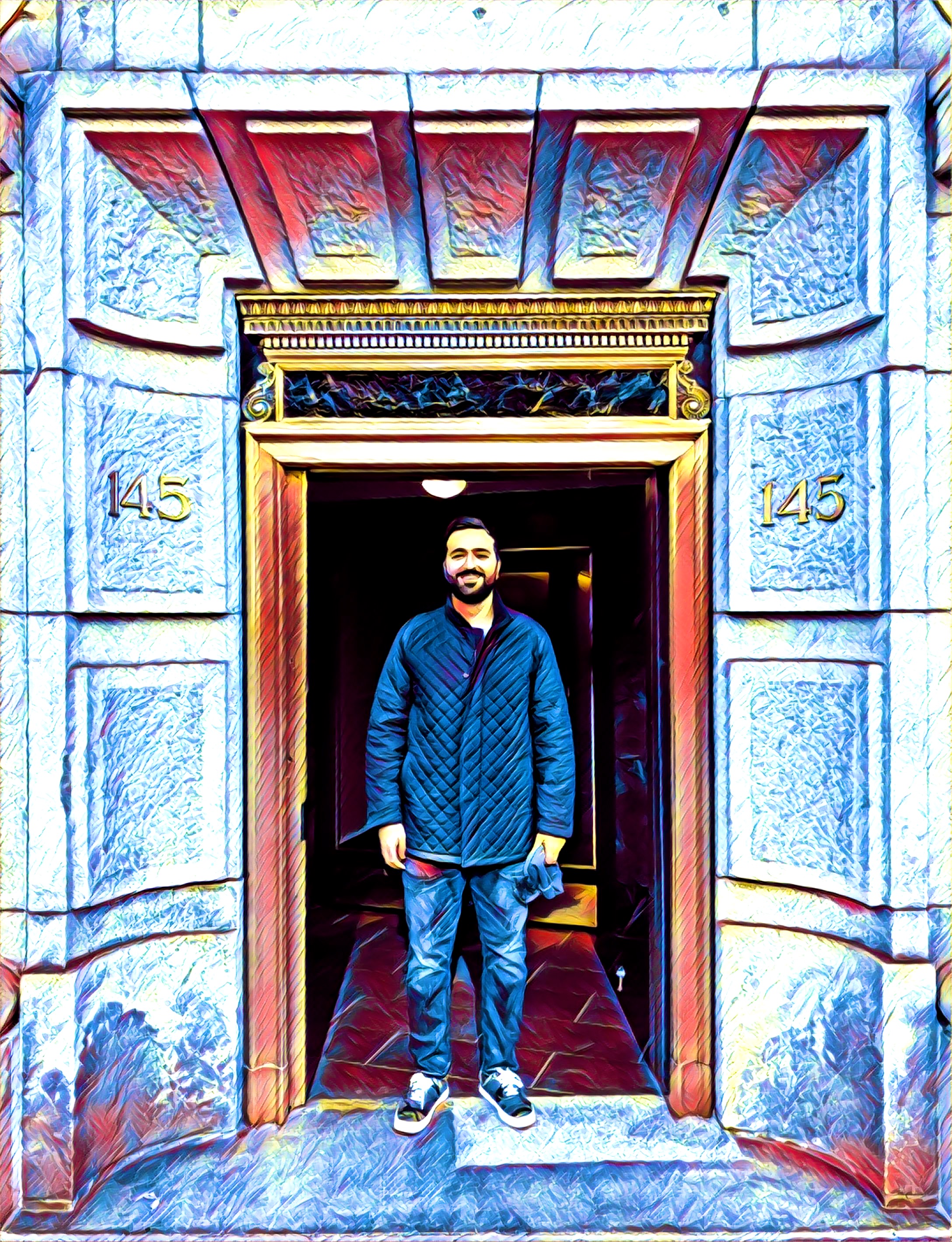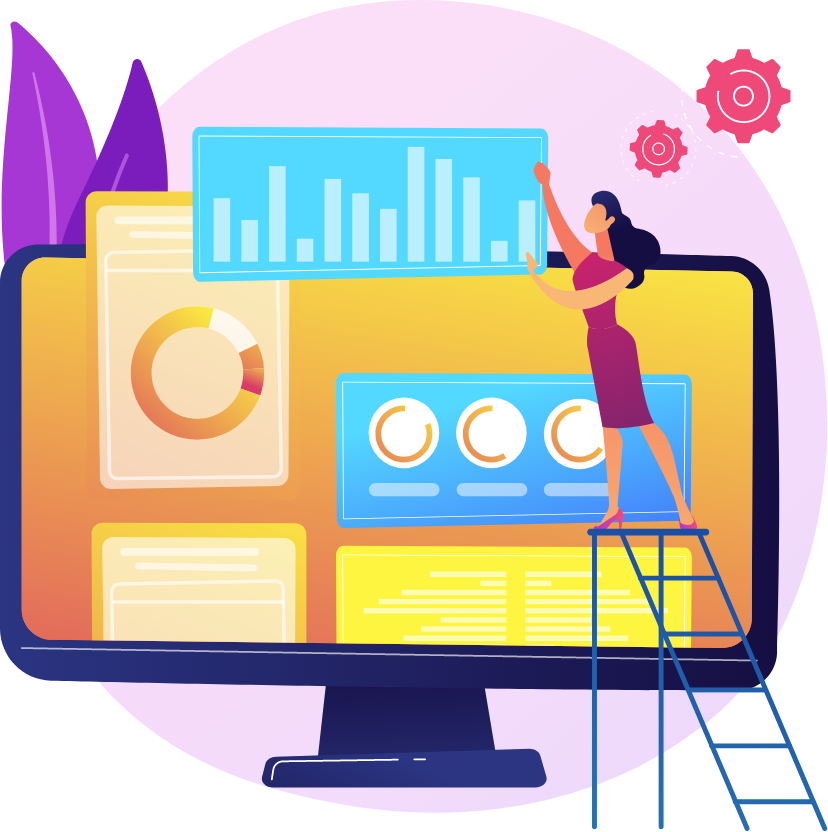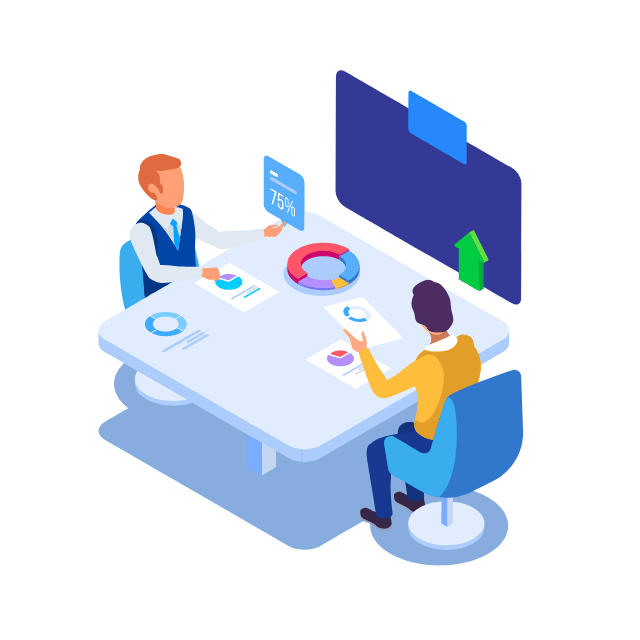-
Hi, I'm Arez
Experience designer and researcher fascinated by the innovative design space.
Currently based in Boston designing a transformational customer experience for CVS Health. -

-
Identifying the User
My design process naturally begins with identifying the target user and their relationship with our brand. Without a clear understanding of who the users are, the design process can be misleading and not suited to solve the issues our users may face.
Once our target user is identified, we look for the challenges and pain points they face while interacting with the product and document it for the next phase of our research and design journey. It's important that the insight and research is conducted while remaining aligned with the brand identity and core mission. -





